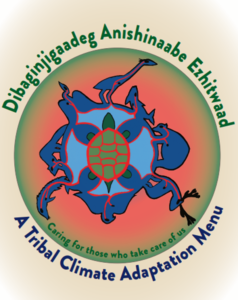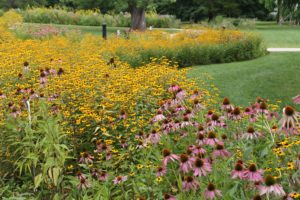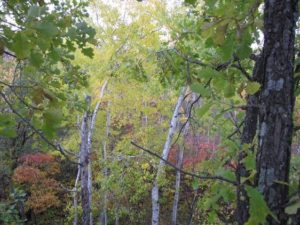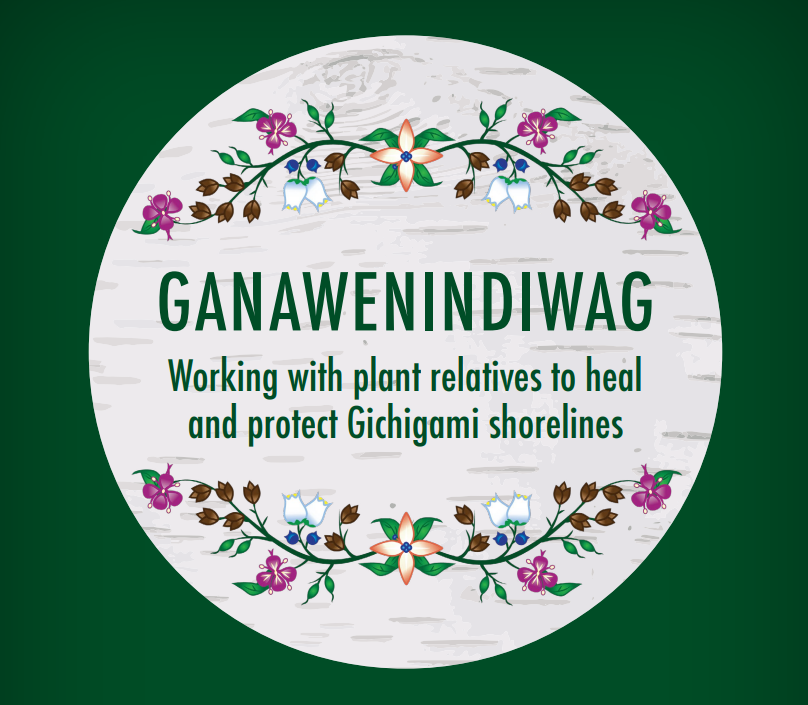Forest Carbon Sequestration
The “carbon cycle” refers to the constant movement of carbon from the land and water through the atmosphere and living organisms. This cycle is fundamental to life on Earth. Forests are a vital part of the carbon cycle, both storing and releasing this essential element in a dynamic process of growth, decay, disturbance and renewal. At a global scale, forests help maintain Earth’s carbon balance.
Forests can act as either carbon sources or carbon sinks.
- A forest is considered to be a carbon source if it releases more carbon than it absorbs. Forest carbon is released when trees burn or when they decay after dying (as a result of old age or of fire, insect attack, or other disturbance).
- A forest is considered to be a carbon sink if it absorbs more carbon from the atmosphere than it releases. Carbon is absorbed from the atmosphere through photosynthesis. It then becomes deposited in forest biomass (that is, trunks, branches, roots and leaves), in dead organic matter (litter and dead wood) and in soils. This process of carbon absorption and deposition is known as carbon sequestration.
Sustainable forestry practices can increase the ability of forests to sequester atmospheric carbon while enhancing other ecosystem services, such as improved soil and water quality. If enough carbon is sequestered, and emissions reduced, then the greenhouse effect will be reduced in the future.
The only large-scale carbon offset program that exists in Minnesota now is run by the Blandin Paper Company. It covers about 175,000 acres of Blandin-owned forest near Grand Rapids in north-central Minnesota. The 20-year project is expected to keep about 3.6 million tons of carbon dioxide sequestered in trees. That’s the equivalent of taking about 760,000 cars off the road for a year.
To try to encourage more Minnesota landowners to follow Blandin’s lead, Chris Wright, an ecologist with the University of Minnesota Duluth’s Natural Resources Research Institute, convened a group of land managers and scientists from around Minnesota to discuss how the state can join in the growing marketplace that pays to keep carbon sequestered in forests. Wright plans to develop a web-based tool to allow forest managers to estimate the amount of carbon they could potentially capture on their lands, to help them decide whether it makes sense to enter the offset market.
The Leech Lake Band of Ojibwe is exploring the possibility of creating a forest carbon offset program on 14,000 acres of its reservation in northern Minnesota, and the Fond du Lac Band of Lake Superior Chippewa is exploring a 9,000-acre program on its land near Cloquet.
In Minnesota, land managers and forestry experts are looking for ways to incentivize landowners to manage their forests in such a way that sucks more carbon out of the atmosphere.
Get involved
Now that you’ve learned more, the best way to create change is by getting involved! Donate your money or time, find support, and take action. Citizen climate action means a stronger, healthier, more vibrant Duluth!
Learn more and get involved with forest carbon sequestration.



